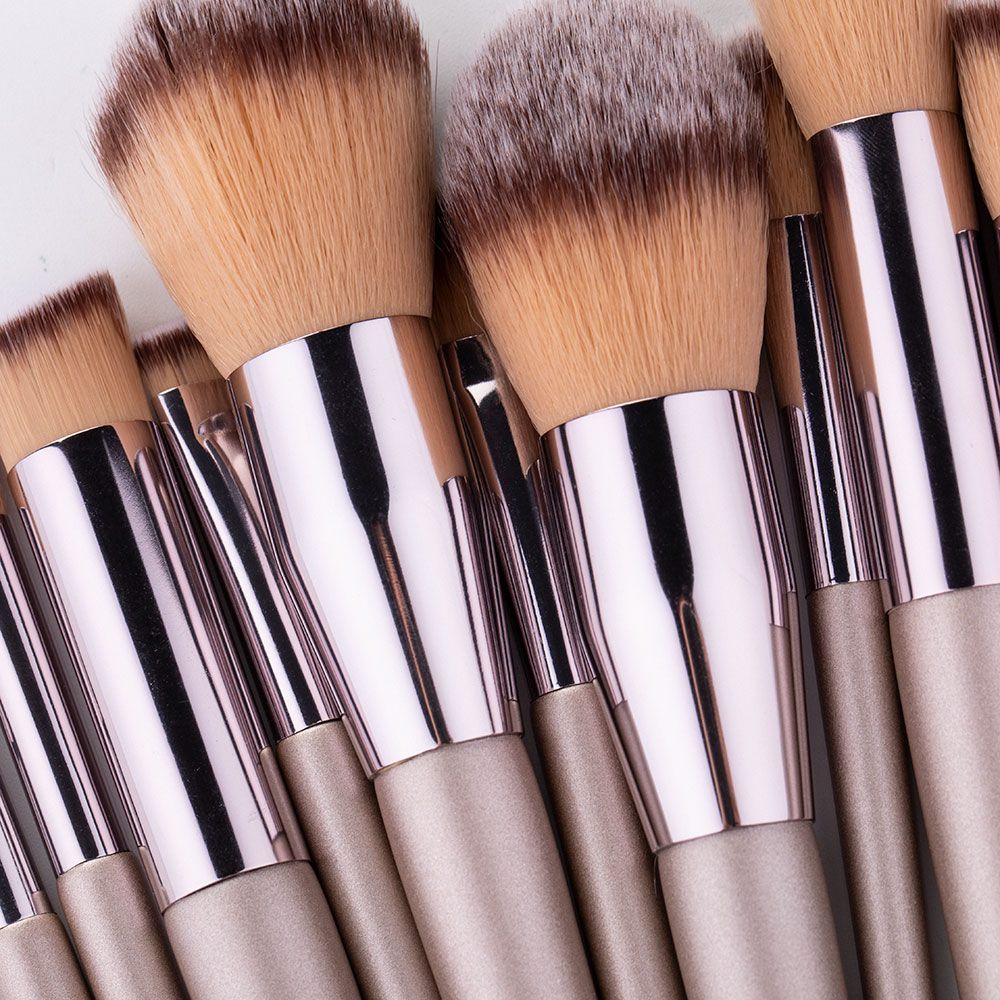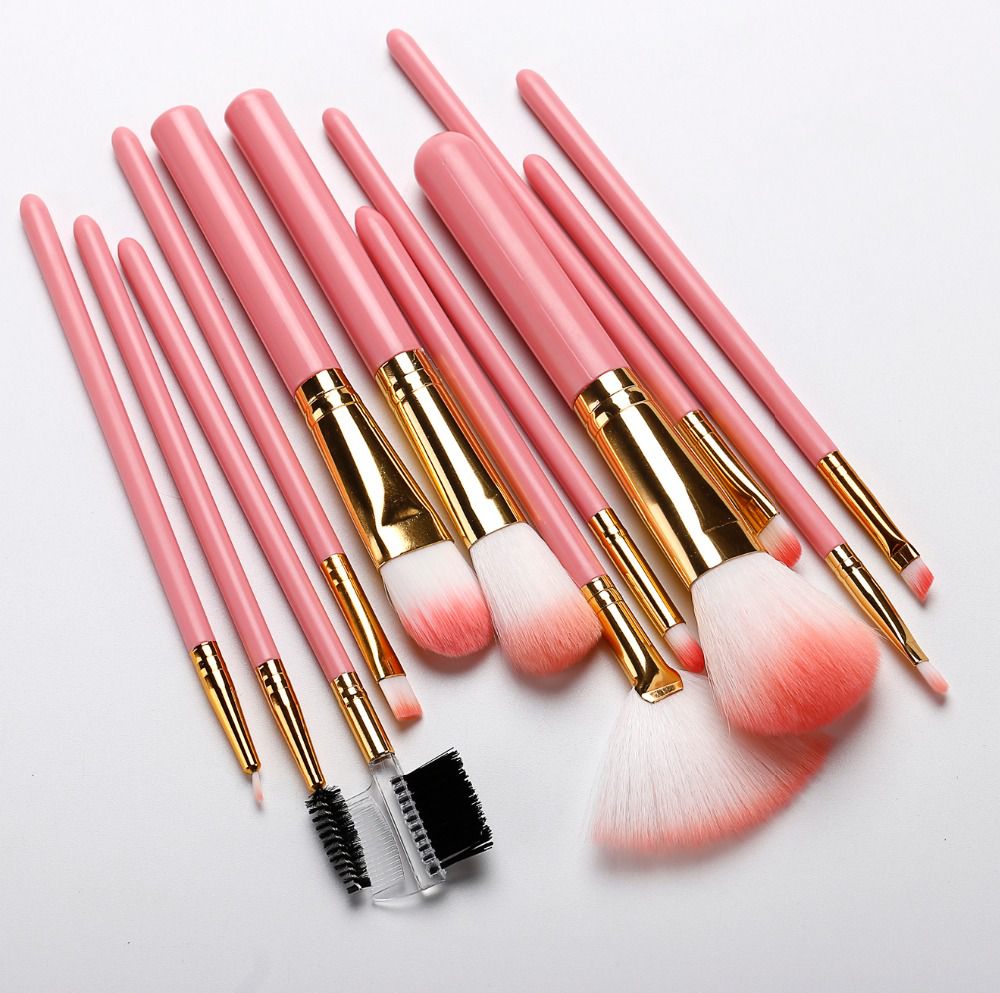Industry news
European Union Proposes Bristle Microplastics Regulations: Impact on Synthetic Brush Producers
- 987 Views
- 2025-07-08 01:32:06
European Union Proposes Bristle Microplastics Regulations: Impact on Synthetic Brush Producers
The European Union (EU) has recently put forward a new proposal targeting microplastics in bristle products, a move that could reshape the landscape for synthetic brush producers worldwide. As concerns over microplastic pollution grow—with these tiny ps infiltrating oceans, soil, and even the food chain—the EU’s draft regulations aim to limit the release of microplastics from synthetic brush bristles, particularly in cosmetic and personal care tools. For manufacturers specializing in synthetic filaments, this proposal signals both immediate challenges and long-term opportunities.
The EU’s Regulatory Focus: Microplastics from Bristles

Microplastics from synthetic brush bristles enter the environment primarily through wear and tear during use, as well as improper disposal. Unlike natural bristles (e.g., animal hair or plant fibers), synthetic alternatives like nylon (PA), polyester (PET), or polybutylene terephthalate (PBT) are non-biodegradable, persisting in ecosystems for decades. The EU’s proposal, still under consultation, is expected to set strict thresholds for microplastic release during product lifecycle testing. It may also mandate biodegradability standards or labeling requirements, forcing producers to rethink material choices and manufacturing processes.

Immediate Challenges for Synthetic Brush Producers
For synthetic brush manufacturers, compliance with the proposed regulations will likely drive up costs and require operational overhauls. First, material substitution is inevitable for non-compliant filaments. Many current synthetic bristles, optimized for softness, durability, and cost-effectiveness, may fail microplastic release tests. Producers will need to invest in研发 (R&D) to reformulate filaments—potentially blending synthetic polymers with biodegradable additives or switching to bio-based alternatives like polylactic acid (PLA) or polyhydroxyalkanoates (PHA). These materials, while eco-friendly, often come with higher production costs and may require adjustments to extrusion or bristle trimming equipment.
Second, testing and certification will become a new burden. Producers will need to validate compliance through third-party labs, measuring microplastic shedding under simulated use conditions (e.g., brushing against skin or surfaces). For small to medium enterprises (SMEs), these testing fees could strain budgets, potentially widening the gap between industry giants and smaller players.
Third, supply chain disruptions may arise. Raw material suppliers of traditional synthetic polymers may face reduced demand, while bio-based material producers could struggle to scale up quickly. Producers reliant on just-in-time manufacturing may face delays as they source and test new materials.
Opportunities in Sustainability: A Competitive Edge
Despite these hurdles, the EU’s proposal also opens doors for innovation. Consumer demand for eco-friendly beauty and personal care products is already surging—market reports show 68% of EU consumers prioritize sustainability when purchasing cosmetics. Producers that proactively adopt biodegradable or low-microplastic synthetic bristles can tap into this growing segment, differentiating their brands as “green leaders.”
Moreover, early compliance could future-proof businesses. The EU often sets global regulatory trends; if similar microplastic restrictions emerge in regions like North America or Asia, producers already aligned with EU standards will avoid costly retroactive changes. For example, developing a proprietary blend of PBT with biodegradable enzymes that breaks down in marine environments could become a unique selling point (USP) for B2B clients, such as cosmetic brands aiming for EU Ecolabel certification.
The Path Forward: Collaboration and Innovation
To navigate the regulatory shift, synthetic brush producers should prioritize three actions:
1. Engage in policy dialogue: Participate in EU stakeholder consultations to influence practical standards, such as realistic microplastic release thresholds or phased compliance timelines.
2. Invest in R&D partnerships: Collaborate with material scientists or universities to develop cost-effective, high-performance biodegradable filaments. For instance, blending recycled PET with plant-based fibers could balance sustainability and bristle resilience.
3. Educate the market: Proactively communicate the benefits of compliant products to buyers, emphasizing reduced environmental impact without compromising functionality (e.g., softness for makeup brushes or durability for industrial brushes).
Conclusion
The EU’s proposed bristle microplastics regulations represent a critical turning point for synthetic brush producers. While compliance will demand upfront investment and operational changes, it also accelerates the industry’s transition toward sustainability—a shift that aligns with both regulatory pressures and consumer expectations. Producers that embrace innovation and prioritize eco-friendly solutions today will not only survive but thrive in the evolving global market.











